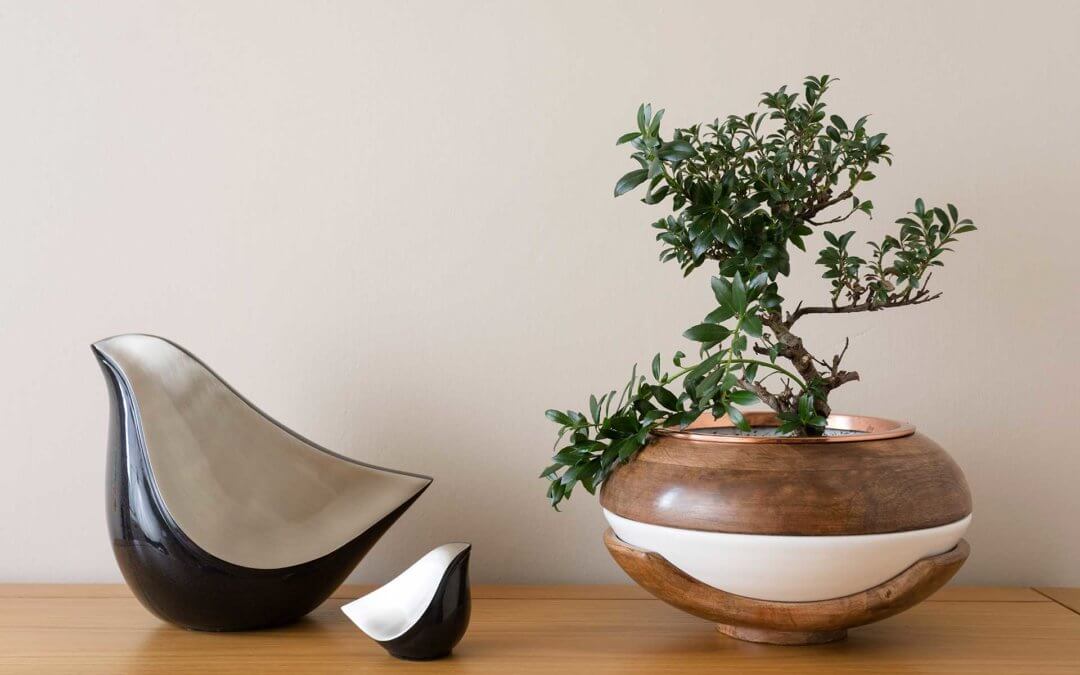Cremation is increasingly favoured over burial in the UK. And in a post Covid world, the significance of what to do with the ashes of a loved one becomes increasingly important. MD James Morris explains why.
Our memory is just one of the things that makes us uniquely human – the most powerful of which relate to those we’ve loved and lost. Tangible reminders of these loved ones take on a special significance in cases where we have been unable to pay tribute. That is especially true of those who died during the Covid-19 pandemic where funeral attendance was limited and celebrations were postponed.
With the vast majority of 21st Century funeral funerals being cremations, the most palpable reminder we will have of loved ones are their cremated remains or ashes. So it is not surprising that the possibilities of what we can do with these continues to expand.
Going back 30 years – when I started out as a funeral director – the majority of ashes were dispersed at the crematorium. These events were not attended, there was no ceremony and, in some cases no definite record of precisely where they were put. Scandals involving ashes, particularly around this timeframe, led to a full scale review of the law improving standards across the whole sector.
Now, in 2020, there is a better appreciation for the need to take greater control over where ashes should go. It’s also recognised that having a focal point, a place to go to on an anniversary or significant date, is also important. Today, the majority of families ask that the ashes of their loved ones be returned to them and that’s when the possibilities become increasingly diverse.
Some families will bury the ashes in a family grave which is usually possible even when the grave is termed ‘full’.
Many others take the opportunity to arrange a small private and more intimate occasion when they scatter the ashes in a place of particular meaning to the deceased or those left behind. That can be a really special and cathartic experience.
But increasingly alongside or instead of these more traditional choices, there are some new and creative possibilities.
Ashes can be included in plants, glass jewellery or sculptures, small token amounts can be physically placed in lockets, pendants or urns: both large and keepsake sized.
Urns and caskets come in a variety of materials and styles from eco-friendly compostables, wool, wicker or bamboo to traditional metal or wood – often the same choice as the coffin.
We’ve even arranged to have cremated remains launched in fireworks, spread from an aeroplane, sent out to sea or made into a synthetic diamond. I believe that now you can even get a small portion of ashes included into a tattoo, although I haven’t been asked for that myself … yet.
What you choose to do is completely up to you and what feels right. The really important thing though is to make sure that you consider your options and that you don’t ever feel rushed or pressurised into making a decision that you may later regret.
Like everything with funerals, we only get one chance to get it right, and our specialists at W.G. Catto are here to help you do just that. Get in touch for advice on 01343 547 371 or click here for more info or to download our ‘Arranging a funeral’ checklist.



